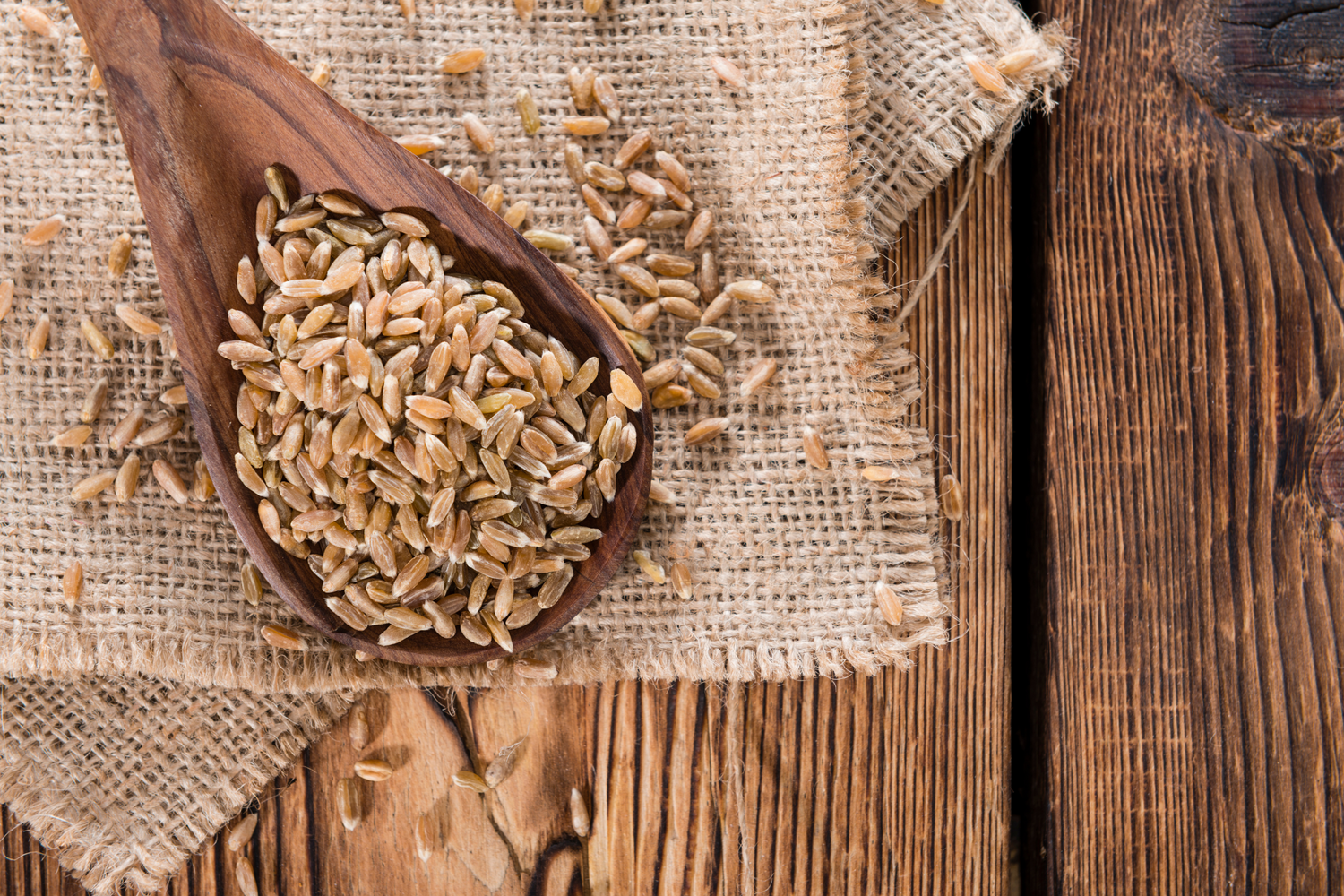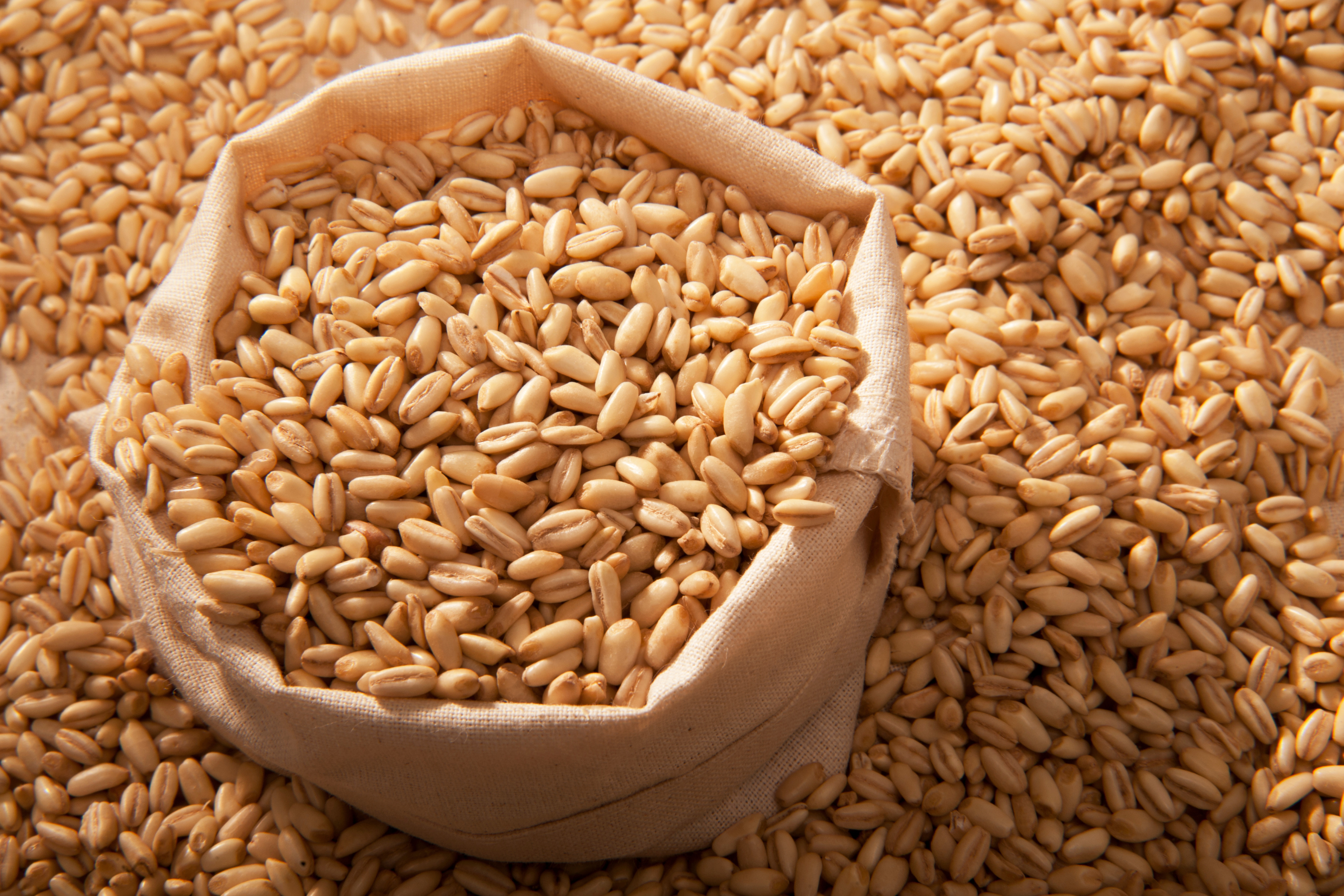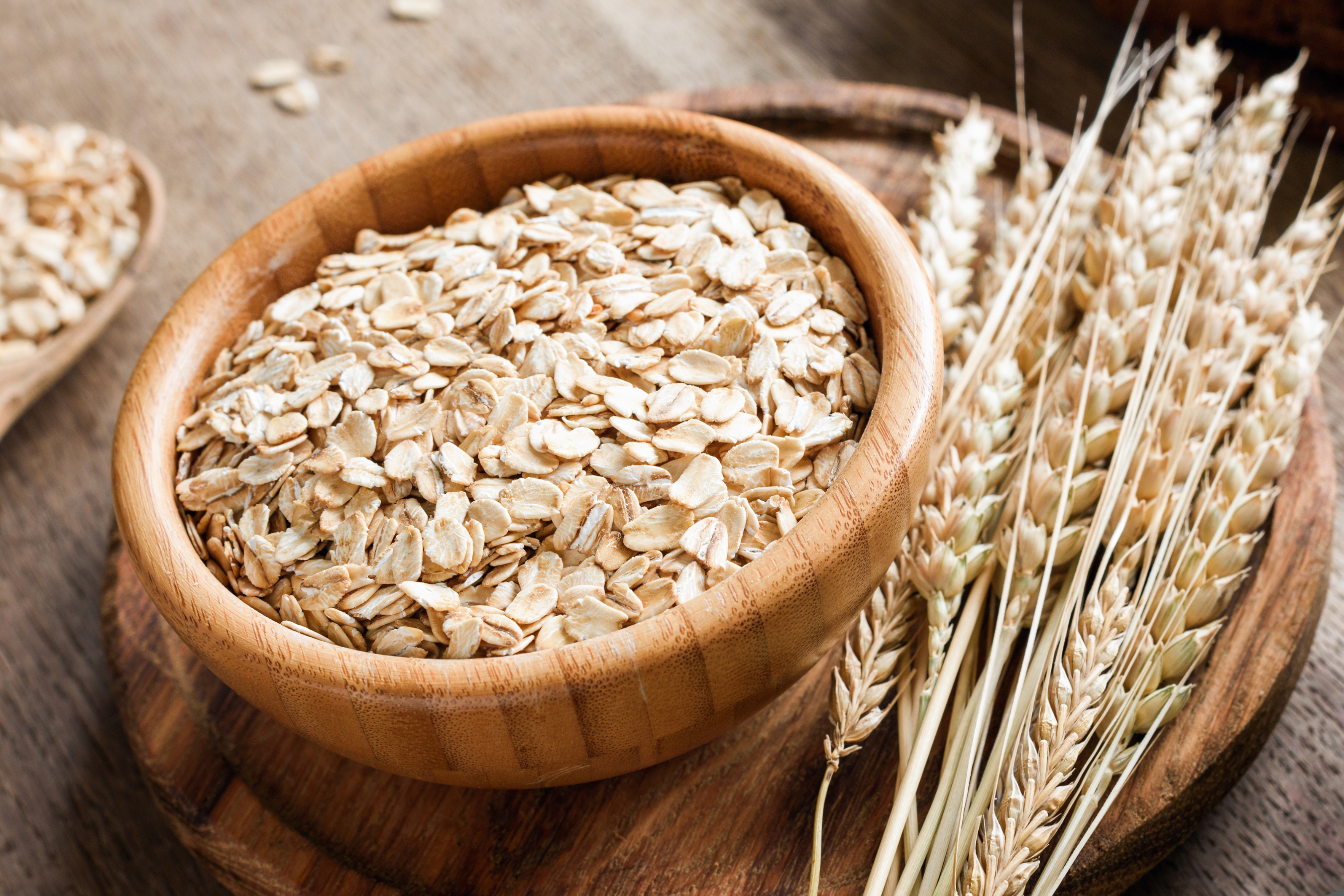If you're looking to switch up your diet or try a new type of flour for baking, spelt might be the perfect option for you. This ancient grain has been gaining in popularity in recent years because of its unique taste and nutritional benefits. In this article, we'll explore the various benefits of spelt, from its rich history to its potential health benefits for different dietary needs.
Understanding Spelt Grain and Flour
What is Spelt Grain?
Spelt, also known as dinkel wheat or hulled wheat, is a species of grain that has been around for thousands of years. It's been cultivated since ancient times in Europe and the Near East, and was one of the first grains to be used for bread-making.
Spelt is a type of wheat, but it is not the same as the modern wheat that is commonly used today. It is an ancient grain that has not been heavily modified through selective breeding like modern wheat has. This means that spelt has a different nutritional profile and taste than modern wheat.
The History of Spelt
Spelt was a staple in Ancient Rome, and was believed to have been brought over to Britain by the Romans. It was commonly used as a dietary staple throughout Europe for centuries, and was only displaced by modern wheat in the 20th century.
During the 20th century, modern wheat became more popular because it was easier to grow and had a higher yield. However, as people have become more interested in traditional and ancient foods, spelt has experienced a revival in popularity because of its unique flavor and nutritional benefits.
Spelt vs. Wheat: Key Differences
While spelt and wheat are related grains, there are some key differences between the two. Spelt has a slightly nuttier and sweeter taste than modern wheat, and also contains more nutrients. Spelt kernels are also covered in a tough outer husk that protects the grain from pests, which means it's often grown without pesticides.
Spelt is also easier to digest than modern wheat for some people. This is because spelt contains less gluten than modern wheat, which can be a problem for people with gluten sensitivities. However, spelt is not gluten-free, so it is not suitable for people with celiac disease.
Spelt flour is also different from modern wheat flour. It has a coarser texture and is often used in artisan bread-making. Because of its unique flavor and texture, spelt flour is also used in other baked goods like cookies, muffins, and cakes.
In conclusion, spelt is an ancient grain that has been around for thousands of years. It has a unique flavor and nutritional profile, and is often grown without pesticides. While it is related to modern wheat, it has some key differences that make it a popular choice for people who are interested in traditional and ancient foods.
Nutritional Benefits of Spelt
Spelt is a highly nutritious grain that has been grown for thousands of years. It has a nutty flavor and a chewy texture, making it a great addition to salads, soups, and other dishes. In addition to being delicious, spelt is also packed with essential vitamins, minerals, and other nutrients that can help promote good health.
Rich in Vitamins and Minerals
Spelt is loaded with vitamins and minerals that are essential for good health. For example, it's a great source of magnesium, which is important for maintaining healthy bones and muscles. It also contains selenium, which is a powerful antioxidant that can help protect your body against damage from free radicals. Other important nutrients in spelt include iron, zinc, and B vitamins, which play a key role in maintaining good health.
One of the great things about spelt is that it's a complete protein, which means that it contains all of the essential amino acids that your body needs to function properly. This makes it a great source of protein for vegetarians and vegans, who may struggle to get enough protein in their diets.
High in Fiber
Spelt is also a great source of dietary fiber, which is important for maintaining good digestive health. Fiber helps to keep your digestive system running smoothly by promoting regular bowel movements and preventing constipation. It also helps to lower cholesterol levels and reduce your risk of heart disease.
In fact, one cup of cooked spelt contains about 7.6 grams of fiber, which is about 30% of your daily recommended intake. This makes spelt an excellent choice for anyone looking to add more fiber to their diet.
Good Source of Protein
As mentioned earlier, spelt is a great source of protein, which is essential for building and repairing tissues in the body. It's also important for maintaining healthy skin, hair, and nails. In addition, protein can help you feel full and satisfied after meals, which can be helpful if you're trying to lose weight.
One cup of cooked spelt contains about 5 grams of protein, which makes it a great option for anyone looking to increase their protein intake without relying on meat or dairy products. Whether you're a vegetarian, vegan, or just looking to eat more plant-based foods, spelt is a great choice.
Health Benefits of Spelt
Spelt, also known as dinkel wheat or hulled wheat, is an ancient grain that has been cultivated for thousands of years. It is a distant cousin of modern wheat and has a nutty flavor and chewy texture. In recent years, spelt has gained popularity as a health food due to its numerous health benefits. Here are some of the ways spelt can benefit your health:
Supports Digestive Health
The high fiber content in spelt can help promote digestive health by keeping you regular and preventing constipation. Spelt also contains prebiotics, which are non-digestible fibers that feed the good bacteria in your gut, promoting a healthy intestinal environment. In addition, spelt is easier to digest than modern wheat, making it a good option for people with sensitive digestive systems.
Promotes Heart Health
Research suggests that spelt may help promote heart health by reducing the risk of cardiovascular disease. One study found that spelt bread reduced LDL (bad) cholesterol in healthy adults, while another study found that spelt consumption was associated with a lower risk of developing heart disease. Spelt is also a good source of magnesium, a mineral that is important for maintaining a healthy heart rhythm and blood pressure.
Aids in Blood Sugar Control
Spelt has a low glycemic index (GI), which means it doesn't cause a rapid spike in blood sugar levels like high-GI foods can do. This can be beneficial for people with diabetes or anyone looking to maintain steady blood sugar levels throughout the day. Spelt also contains complex carbohydrates, which are broken down more slowly by the body and provide a steady source of energy.
Boosts Immune System
Spelt contains a range of essential vitamins and minerals that can help support a healthy immune system. Zinc, for example, is necessary for immune function, while iron is important for carrying oxygen to your body's cells and fighting off infection. Spelt is also a good source of B vitamins, which are important for energy production and maintaining a healthy nervous system.
In conclusion, spelt is a nutritious and versatile grain that can be enjoyed in a variety of dishes, from bread and pasta to salads and soups. Its health benefits make it a great choice for anyone looking to improve their overall health and well-being.
Spelt for Different Dietary Needs
Spelt is a versatile grain that can be used in a variety of dishes. It's also a great option for people with different dietary needs. Here are some ways spelt can benefit different diets:
Spelt for Vegetarians and Vegans
If you're following a vegetarian or vegan diet, spelt can be an excellent source of protein and essential amino acids. In fact, spelt contains more protein than many other grains, including wheat. This makes it a great option for anyone looking to increase their protein intake without relying on animal products.
Spelt can be used in a variety of vegetarian and vegan dishes, such as spelt risotto, spelt burgers, and spelt salads. It's also a great replacement for rice or quinoa in many recipes.
Spelt and Gluten Sensitivity
While spelt does contain gluten, some people with gluten sensitivity or celiac disease may find they tolerate spelt better than other types of wheat. This is because spelt contains a different type of gluten protein that some people find easier to digest.
However, it's important to note that spelt is not gluten-free and should be avoided by people with celiac disease or severe gluten sensitivity.
Spelt in Weight Management
Spelt is a nutrient-dense food that can help promote feelings of fullness and satiety, which can be beneficial for anyone looking to manage their weight. This is because spelt contains both protein and fiber, two nutrients that can help keep you feeling full for longer.
Spelt is also a good source of complex carbohydrates, which can provide sustained energy throughout the day. This can help prevent overeating and snacking on unhealthy foods.
Overall, spelt is a nutritious and versatile grain that can benefit a variety of diets. Whether you're a vegetarian looking for a protein-packed grain or someone with gluten sensitivity looking for an alternative to wheat, spelt is definitely worth trying.
Conclusion
Overall, spelt is a nutritious and delicious grain that can be a great addition to anyone's diet. From its rich history to its unique taste and range of potential health benefits, there are plenty of reasons to give spelt a try. Whether you're looking to switch up your diet or try a new type of flour in your baking, spelt might just be the perfect option for you.









Leave a comment
All comments are moderated before being published.
This site is protected by hCaptcha and the hCaptcha Privacy Policy and Terms of Service apply.